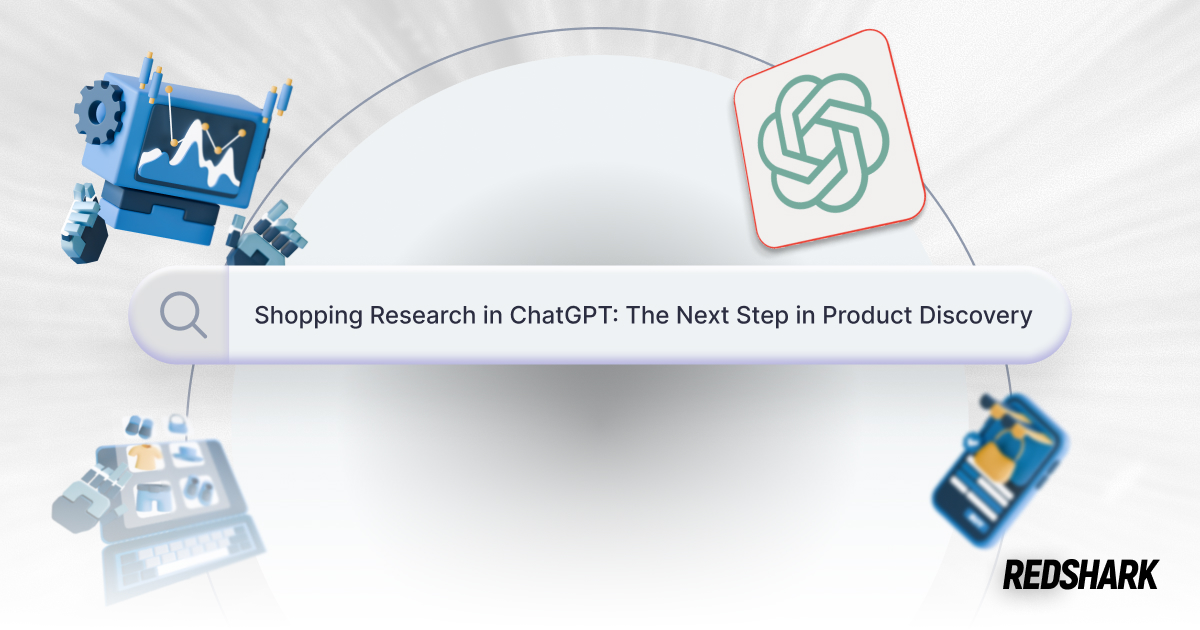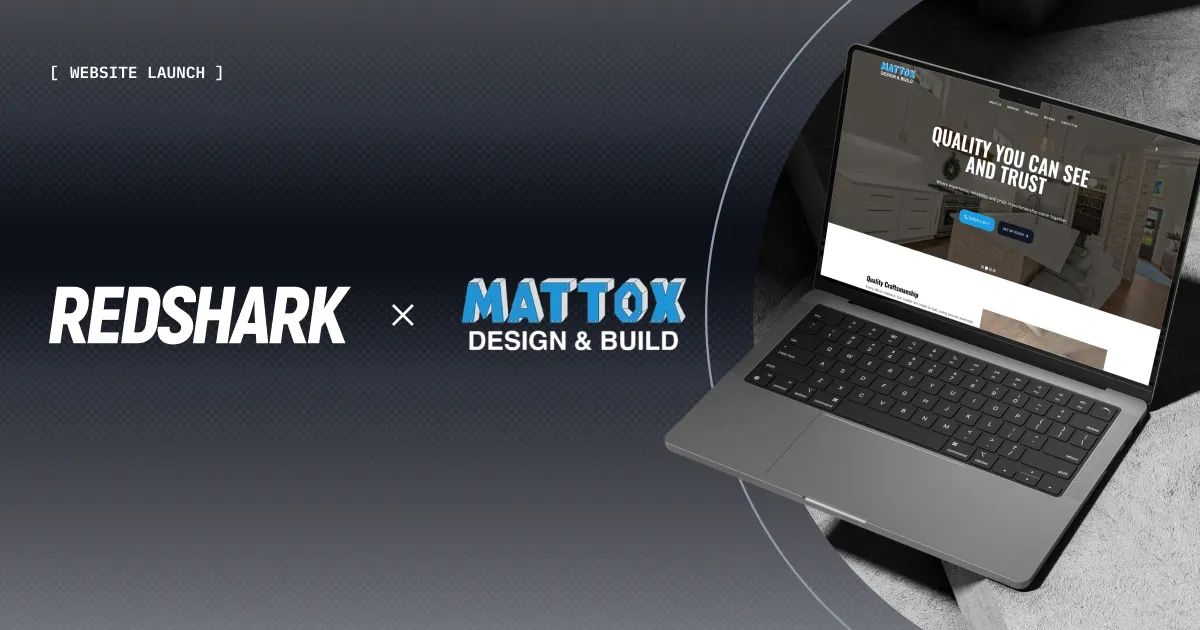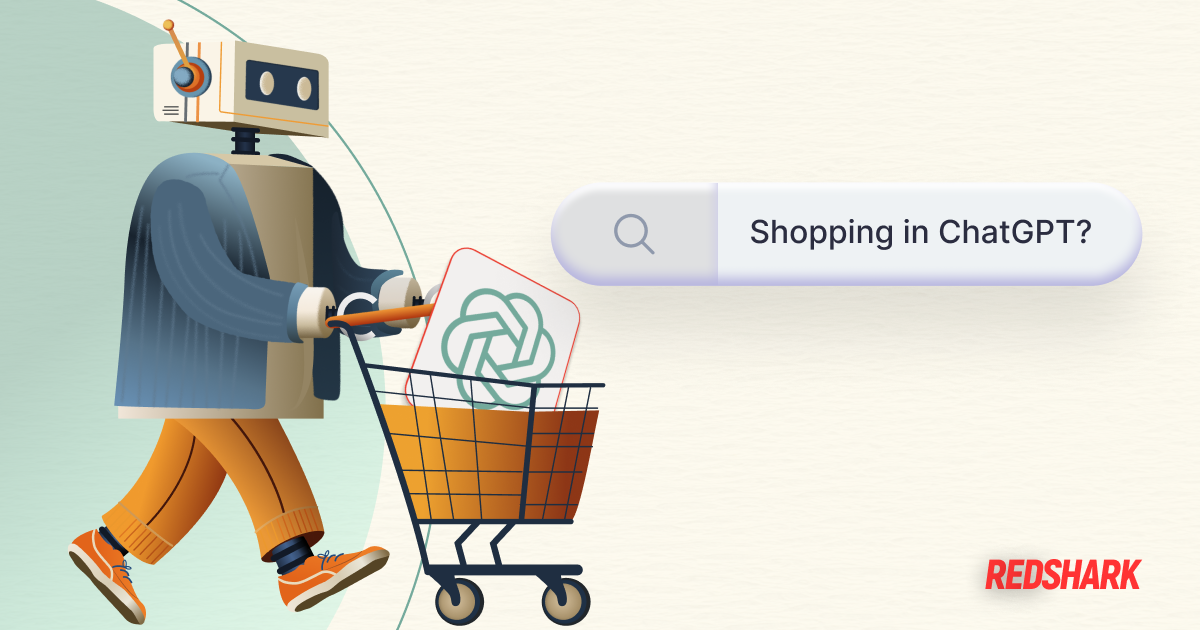
What You Need to Know About Guerrilla UX Testing
What You Need to Know About Guerrilla UX Testing
Featured & Recent Articles
What You Need to Know About Guerrilla UX Testing

The key to any successful product is making sure your product is testable and usable. There are many types of testing out there, but many are expensive and time-consuming, one of the easiest techniques of User Experience Testing is the art of Guerrilla Testing. In this article, you will learn the basics of Guerrilla UX Testing and how to efficiently implement it.
What is Guerrilla UX Testing?
In short terms, Guerrilla Testing involves going to public places and asking different people about your prototype. Similar to the term “Guerrilla Warfare” you often pounce on unexpected users and try to gain feedback. There are many pros from this type of testing because of its low cost and the ability to receive genuine feedback in an instant. Characteristics of Guerrilla Testing include having random participants that are not recruited but approached by the person conducting the testing. The testing session normally only lasts 10 to 15 minutes, focusing on particular key research objectives. Guerrilla testings main focus normally includes validating how efficient the design is on the intended audience or if specific functions work in the way they’re supposed to.
How to Implement Guerrilla Testing:
There are four main steps to using the Guerrilla Testing technique. By following these key main steps you should be able to formulate effective test results.
Step 1: Prepare for Testing
In order to have efficient results, you need to have a detailed plan for testing. The number one rule of any consumer research is to know why you are collecting the research. You should fully understand your objective before testing, this is key to gaining sufficient insights. Another key part of preparing for testing is having an interactive prototype. Having an interactive prototype gives the user something to experience and will provide you with more valuable feedback. If you’re currently in the first stages of the design process, you could take this opportunity to test your competitor's solution. Other preparations include picking the right location, creating smart scenarios, and having a reliable partner to help with testing.
Step 2: Approaching People
Approaching and inquiring people to test your product can be tricky. You’ll only have a few minutes to get your point across, so having a strong first introduction is essential. In order to grab their attention you should properly introduce yourself, clearly explain what you’re looking for, and then provide them with an incentive for their participation. If they agree to participate you should spend a minute gathering basic information to help determine if they would be in your target market.
Step 3: Running the Testing Session
As mentioned you should fully explain to your test subjects what it is your testing and why. Explaining the purpose and walking them through the process will help develop trust between you and the participant and lead to more honest responses. You should also ensure that the user feels comfortable and try not to overstep any boundaries or make them feel uncomfortable. A tip for running your testing session is to follow “Think Aloud Protocol.” This involves encouraging the user to think out loud and share their thoughts and ideas with you as they use your product. This will help you gain a deeper insight into the users thought process. Whenever testing your product you should try to remain consistent throughout the testing process. This involves asking all subjects the same main questions in order to be able to compare the results. It may be beneficial to take notes if the conversation strays away from the main questions but you should try to stay on track to prevent inconsistencies in the data.
Step 4: After Testing
After you have completed testing it’s time to start analyzing your results and incorporate them into improvements. The easiest observation will be analyzing the task completion ratio. How long did it take the user to complete each task? Any problems that arise while testing will need to be reworked or changed to provide a successful user experience. You should focus on fixing the biggest problems that affected a majority of the users first. Try to secure easy-to-implement solutions that can be implemented quickly and be careful to resist temptation to go beyond the problems you observed. After fixing major problems you can then again generate another prototype and test again.
Guerrilla UX testing is a great tool for identifying critical issues as well as testing your assumptions on genuine consumers. You are able to obtain unique and credible responses that can help you build and improve your product. However, if you don’t feel like going through the hassle of doing all of this by yourself give us a call! At Red Shark Digital we can provide you with a one of a kind User Experience for your product or business and ensure you obtain the results you’re looking for. Give us a call today!














.png)




.png)
.jpg)




